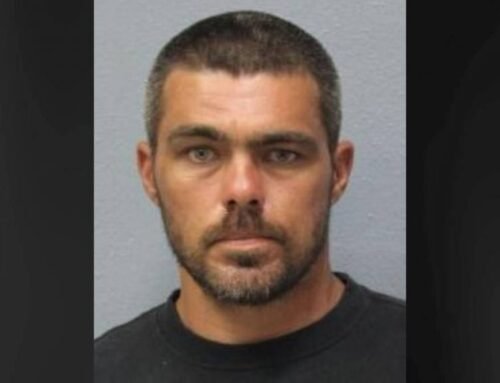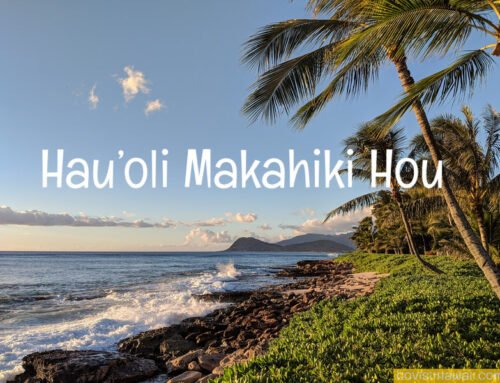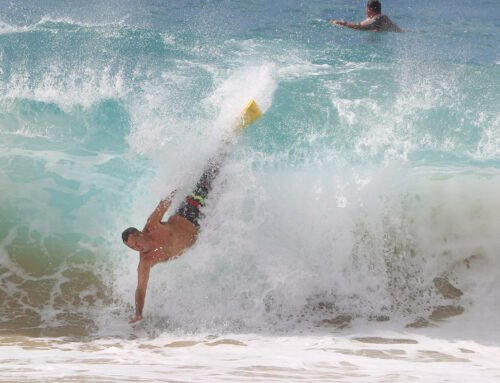When Civil Beat’s pop-up newsroom traveled to West Maui on Thursday, I went along and heard residents unload about their many frustrations and fears in the aftermath of the Aug. 8 Lahaina fire.
Pop-up newsrooms are events Civil Beat hosts in communities across the state — usually in public libraries — to bring its journalists to speak with residents about issues that concern them.
This one was at Duke’s Beach House at the Honua Kai Resort and Spa at Kaanapali, where a lot of survivors from the Lahaina fire are now housed.
It was a surreal setting, with fire victims — many of whom escaped as refugees with only the clothes on their backs — now sharing space in a luxury resort with just-returning tourists coming to relax in colorful beach wear.
Residents who stopped by the pop-up newsroom were understandably worried about the paucity of permanent housing in West Hawaii and the difficulty of finding work.
However, some also manifested a spiritual yearning I had not heard expressed in news reports before.

One was a teacher in the Hawaiian language immersion program at Princess Nāhiʻenaʻena Elementary School and the other was a parent whose children go to the school.
Both women were worried about sending children back to school when there are still questions about the air quality and they were equally uneasy knowing the children would be looking down from their classrooms at the fire zone that they see as an open wound of suffering.
“Students lost their homes. Some lost family members or neighbors. Looking down at the burned area could re-traumatize them,” said Kaunaʻoa Gracia.
She said that she and her children will not return to Princess Nāhiʻenaʻena when school resumes Wednesday.
The second-story classroom where she teaches Hawaiian immersion classes to fourth and fifth graders has a direct view down to the devastation of the town.
“The spiritual side has to be pono before we go back,” Garcia said.
When we spoke later on the phone, she was still deciding if she and some of the other Hawaiian immersion school teachers would continue educating their students in public parks out of sight of the burn zone as they did in the weeks after the fire that killed at least 98 people.
There are three Department of Education kaiapuni or Hawaiian immersion school programs serving about 100 students attached to three Lahaina public schools: Princess Nāhiʻenaʻena, Lahaina Intermediate School and Lahainaluna High School.
A fourth Hawaiian immersion program was the private preschool at Waiola Church called Pūnana Leo o Lahaina. But that preschool along with the historic church were burned in the fire.
Lahaina town is off limits to all people except for residents allowed in, zone by zone, for brief periods.
Circumstances now make it impossible to do what many see as spiritually necessary: a coming together in prayer on Lahaina’s soil to start the long process of bringing peace to the suffering survivors and to what some say are the agitated spirits of the dead.
“Their spirits have not had the chance to come to terms with what happened to them. They died in a traumatic way. They were frightened. They were trying to get away from the fire. They were not prepared to die,” Garcia said.

Her thoughts are shared by others including another Hawaiian immersion school parent Charmane Yamada.
“There has not been a chance for the community to chant directly over the land. It is not spiritually safe. We know the spirits will not leave us until we come to terms with why this happened,” Yamada said.
“I pray my whole way through when I drive on the highway above Lahaina.”
A week after the fire, Maui kumu hula Hōkūlani Holt and other kumu hula conducted ceremonies of chanting and prayer. There were also services seeking spiritual healing on other islands but no service was possible within Lahaina town itself.
There are many precedents for interfaith services held after disasters such as the Sandy Hook massacre in Newton, Connecticut and services honoring the dead of 9/11.

Father Kuriakose Nadooparambil of Lahainaʻs Maria Lanakila Catholic Church is among the religious leaders in Lahaina who see a need for such an interfaith service in Lahaina to begin to heal the land and its people.
Father Kuriakose said: “It is something I have been thinking about. We would be honored to host a service for everyone of all faiths in the community at our church. We have the parking and the room for everyone to come together.”
He says, of course, it is still too early for a large community service in the town when currently the focus is on physical safety with most people, including himself, still prohibited from returning.
Maria Lanakila Church is one of the few structures in Lahaina that survived the blaze intact.
The 165-year-old Catholic Church ministers to 650 Lahaina parishioners. Father Kuriakose says when he is allowed to enter Lahaina he believes it will be beneficial for faith leaders to share their thoughts on a community service.
Anela Rosa, the lay minister of Waiola Church said she “would be more that happy to participate in an interfaith service in Lahaina when the town reopens.”
Her family members lost four homes in the fire. She said she is still not emotionally ready to return to her church but when the day comes when people come back she sees value in such a community gathering.
“There is going to be a need for all kinds of healing,” she said.
Rev. Gensho Hara of the Lahaina Jodo Mission is also interested in an interfaith event to sanctify the town and help soothe the spiritual unease many feel.
Hara has not been able to return to his historic Buddhist temple except briefly when he was given permission to come into Lahaina to retrieve the ashes of devotees who died before the conflagration.
Jodo Mission’s temple and outbuildings were destroyed in the fire with only a few important items spared, including a large copper statue of Buddha, a metal bell and the Amida Buddha statue that was the centerpiece of the temple’s worship, carried out to safety by a nun in training. Four of the temple’s parishioners died trying to escape the blaze.
Hara says he is hoping to get back into Lahaina soon to pray for them and for the entire community.
He says then there will be time to think about specific ways to participate in a larger service of many faiths.
Medical and emergency management experts have only recently begun to realize the important role community wide-services play in helping disaster survivors to shed their spiritual unease to bind together in hope for the future.
Civil Beat’s education reporting is supported by a grant from Chamberlin Family Philanthropy.
Civil Beat’s coverage of Maui County is supported in part by grants from the Nuestro Futuro Foundation.







Leave A Comment